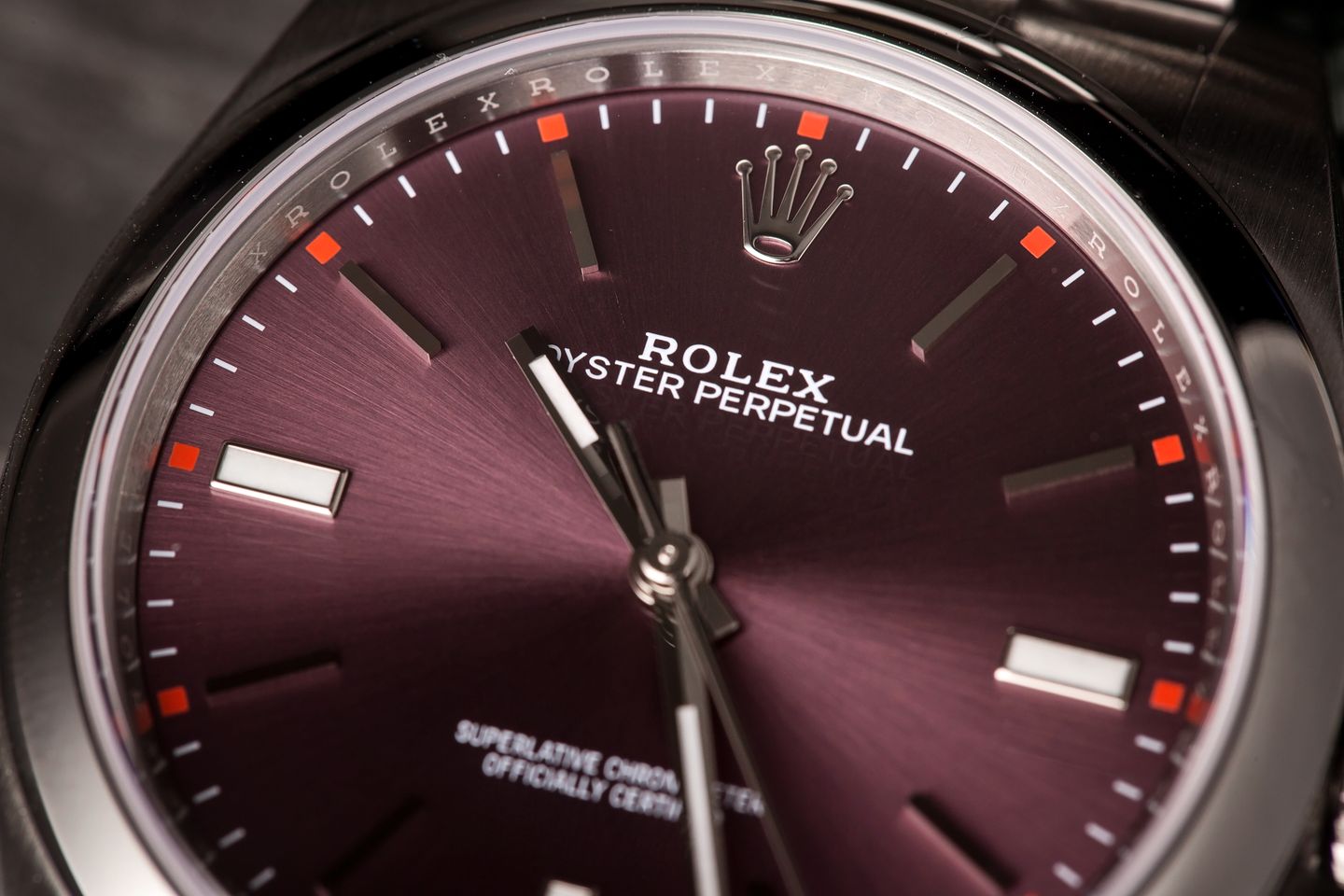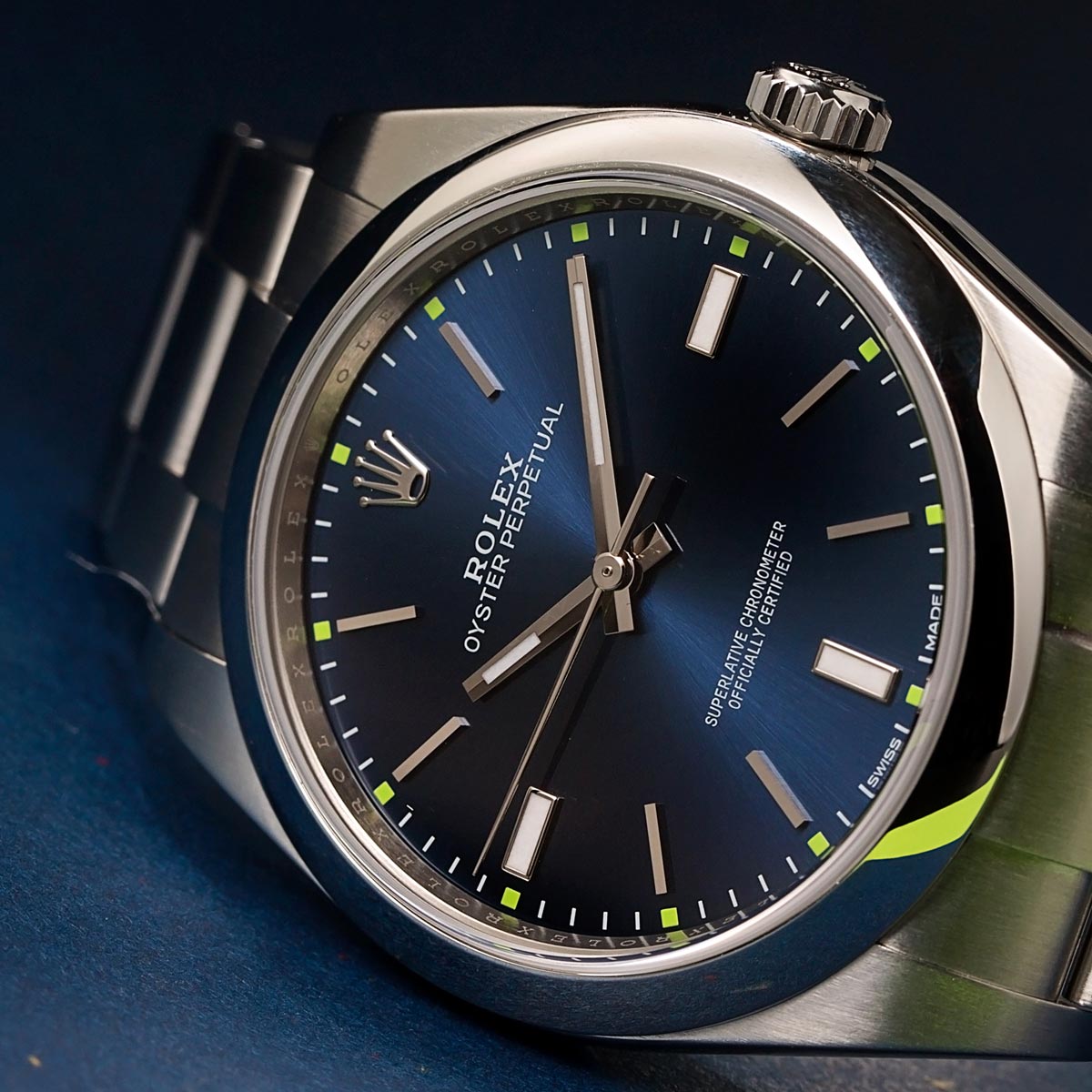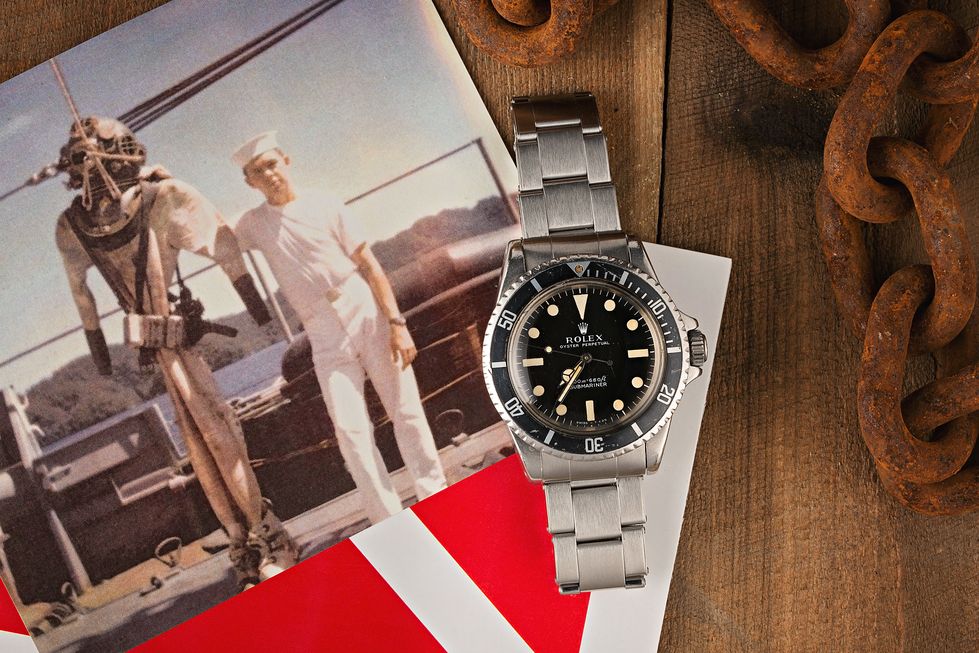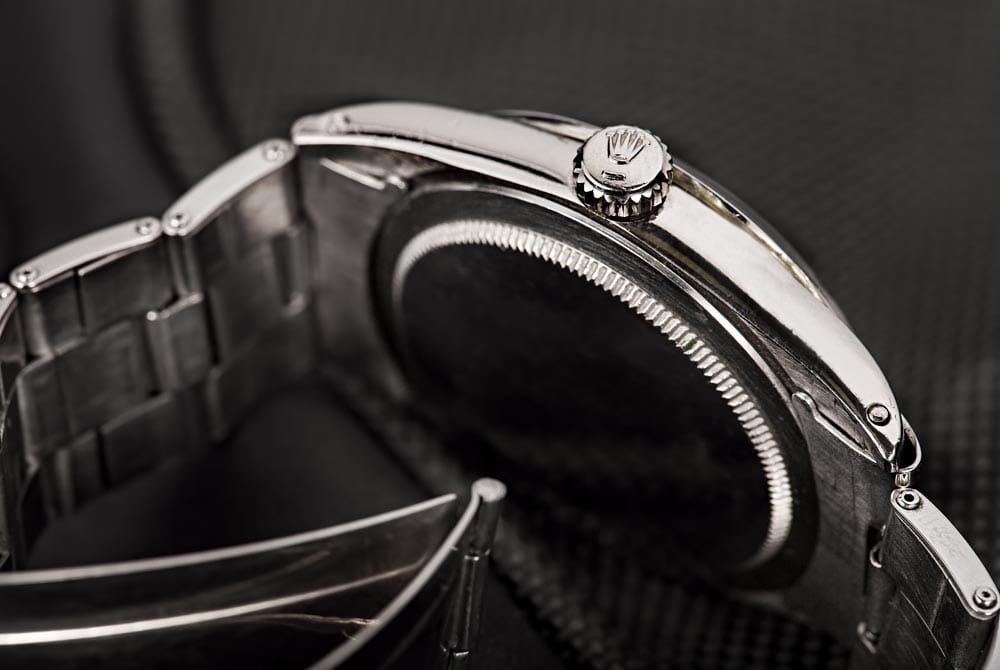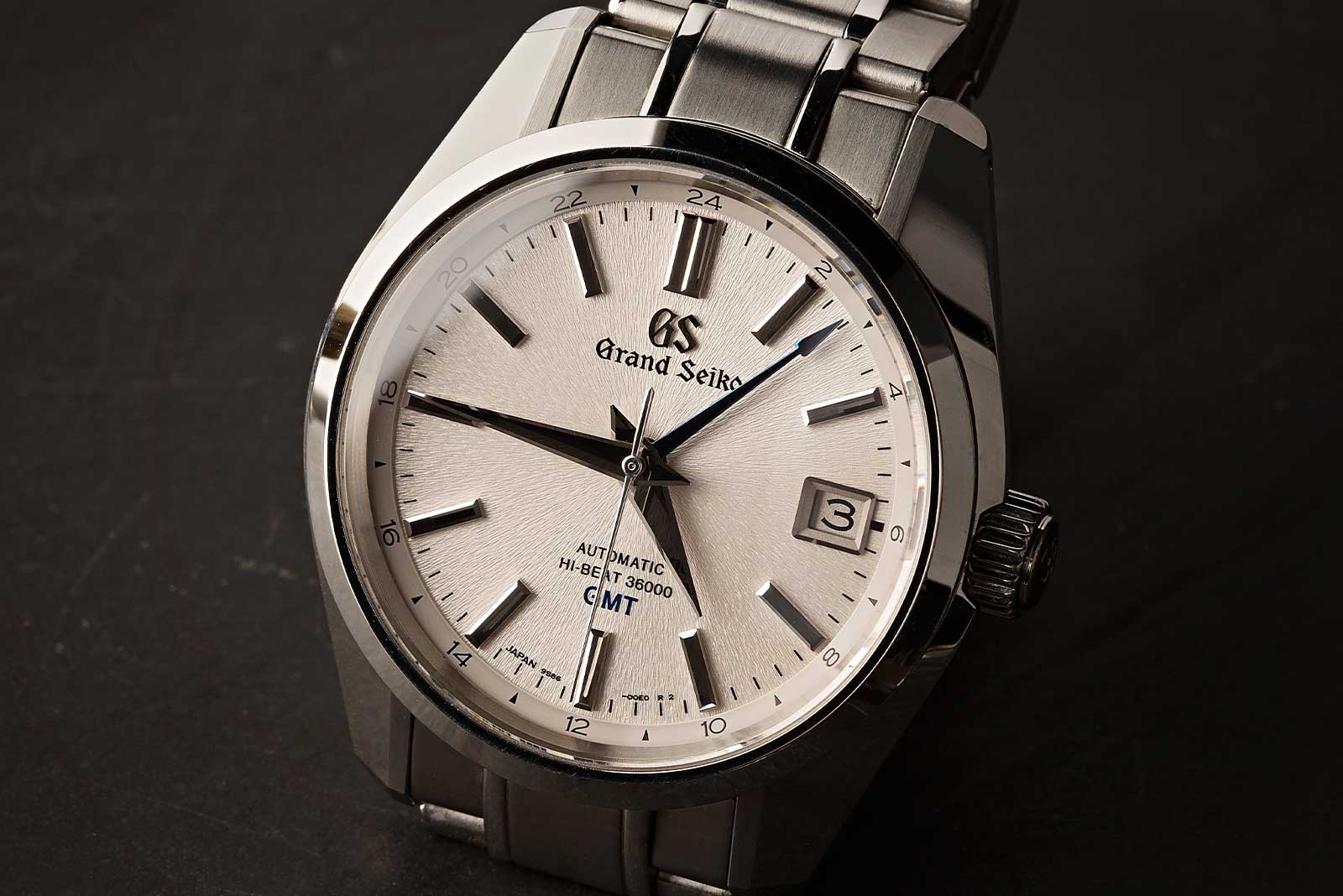Archetypes are rare. Part of the reason is that anointing them as such can be a contentious endeavor. It’s very difficult to ascertain exactly when an idea became fully-fledged, when almost every development in the watchmaking industry is baby-step after baby-step. And it doesn’t help that the goalposts move so frequently. What would have been considered a certified dive watch in 1970 may not pass modern required tests in 2019. And so drawing a line under a single model and saying that “this” reference paved the way for all that followed is difficult. At least, that’s normally the case…
The Rolex Oyster Perpetual may be one of the few timepieces whose status as a true precursor to the modern tool watch bay be virtually uncontested. This is, in part, thanks to the way the watch (and its manual-wind precursor, the Rolex Oyster) were promoted at the time. It wasn’t just a shift in technology or manufacturing sophistication that put the Oyster Perpetual upon the pedestal from which it may never be torn down, but a cultural reimagining of what a watch is and what they might be designed to do.
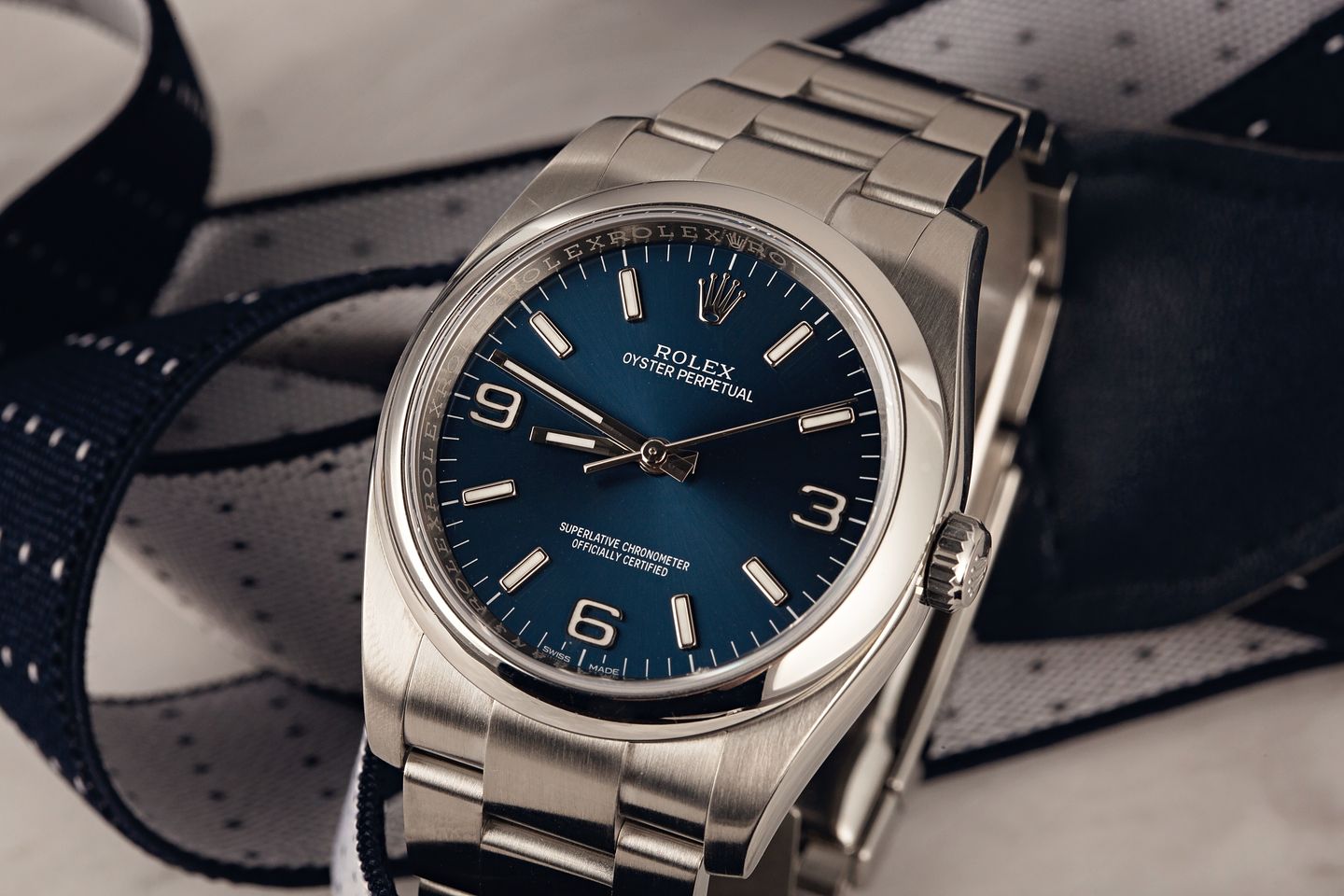
The Rolex Oyster Perpetual: The Precursor to the Tool Watch
We could trace the significance of the Oyster Perpetual all the way back to Harrison’s H4. However, while Harrison’s marine chronometer redefined global navigation, changing the world forevermore, the Rolex Oyster Perpetual brought the same spirit of adventure and relentless accuracy to the wrist, thanks to its water-resistant housing and automatic movement.
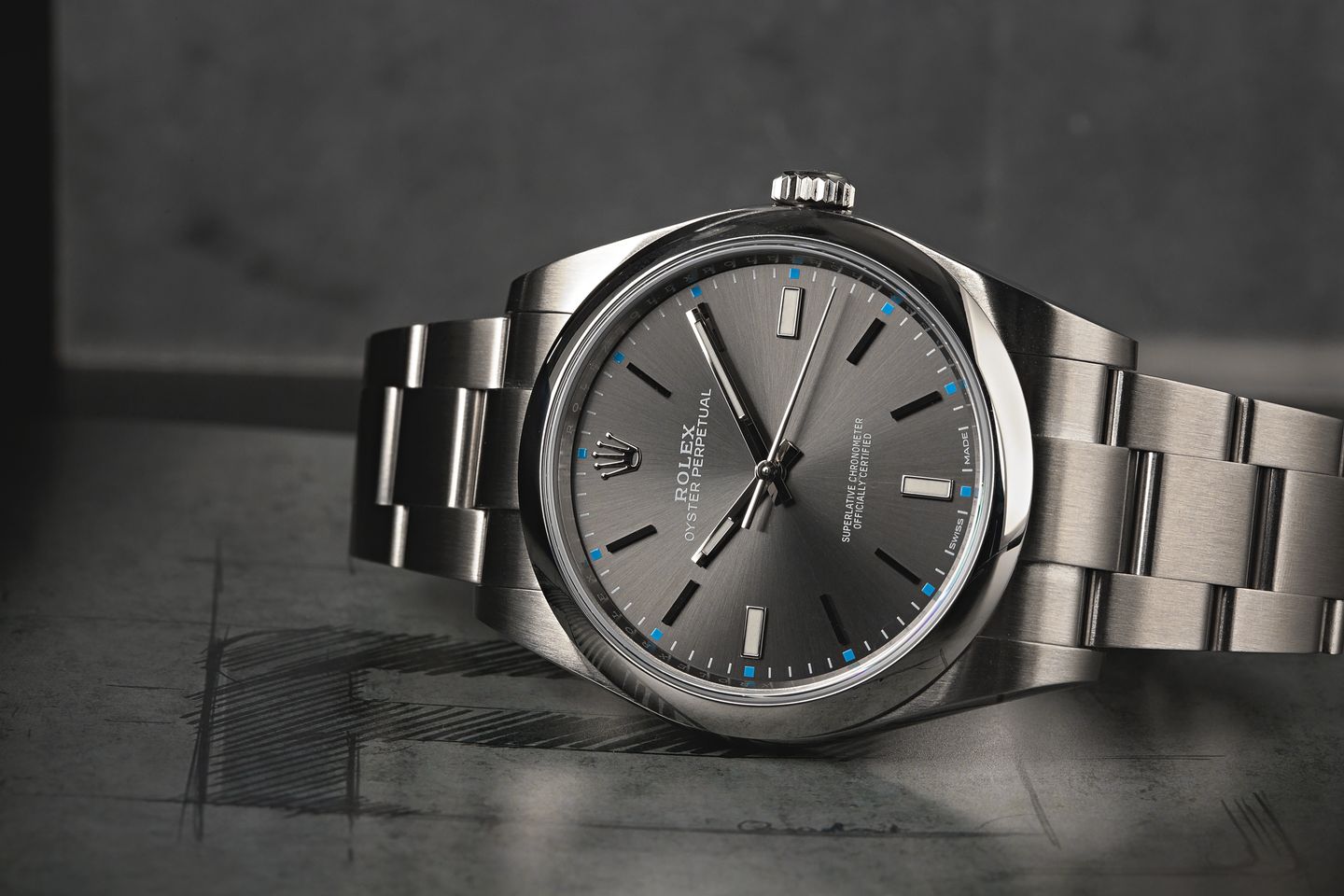
Perhaps, crucial to this argument is the fact no single aspect of the Oyster Perpetual vaunted it to such high standing. Instead, it was a conglomeration of technologies that brought to market the first true sports watch. And while the subsequent Submariner went on to become an even more visible classic and set the standard for all dive watches to follow, the purity and functionality of the Oyster Perpetual and its descendants have remained benchmarks for tool watches throughout the industry.
The modern version of the Oyster Perpetual doesn’t look all that much like a modern tool watch. It is too shiny, too dressy, perhaps even too expensive to appeal to the same demographic that prizes rugged beaters above all else. However, the DNA that defines the collection is present in those hardier Rolex watches that have the blueprint of the original Oyster Perpetual at their core.
Tool watches these days are supposed to inspire adventure at a glance. In 1931 when the Oyster Perpetual first hit the shelves, it did the same. It is hard nowadays to look back on what is, by modern standards, a quaint, classically-styled piece that doesn’t immediately conjure thoughts of scaling Everest or descending to the ocean floor, but in its day, it was truly radical.
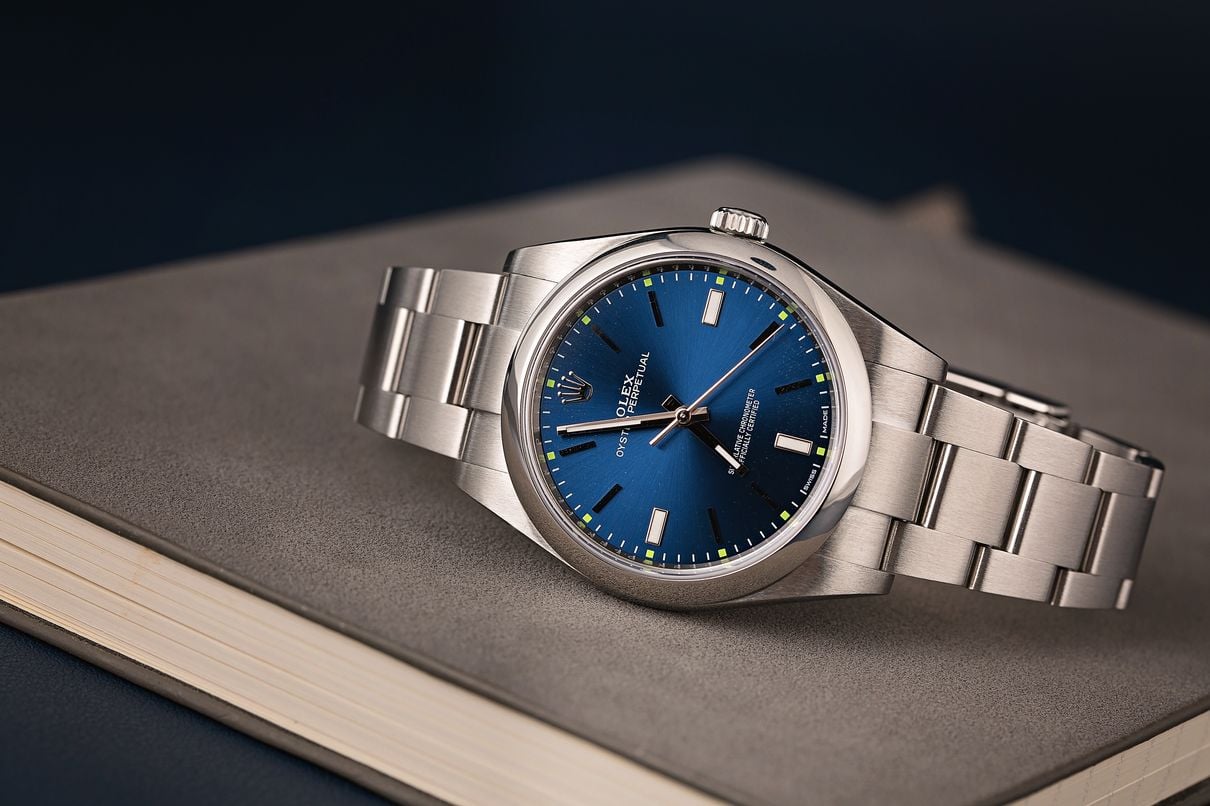
We may never see the likes of the Rolex Oyster Perpetual again. The industry has moved on from true innovation en masse and instead finds itself focused on small-scale improvements to age-old problems. The laboratory is the frontier of the future; creating a whole new genre of wristwatch seems as impossible today as it must have been almost a hundred years ago.
There is, at least, solace to be drawn in the Oyster Perpetual’s continued presence in the watchmaking landscape. Solace and continued inspiration for how to bring some of that magic and eternal class back to the realm of tool watches, which arguably don’t do as much to emulate the versatility of the watch that started it all.
